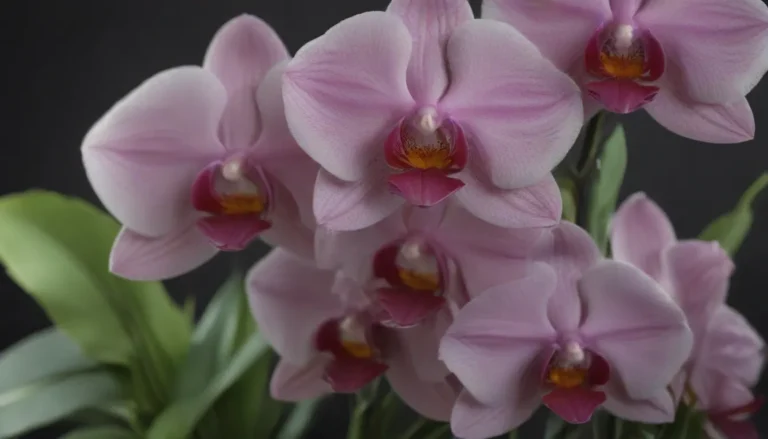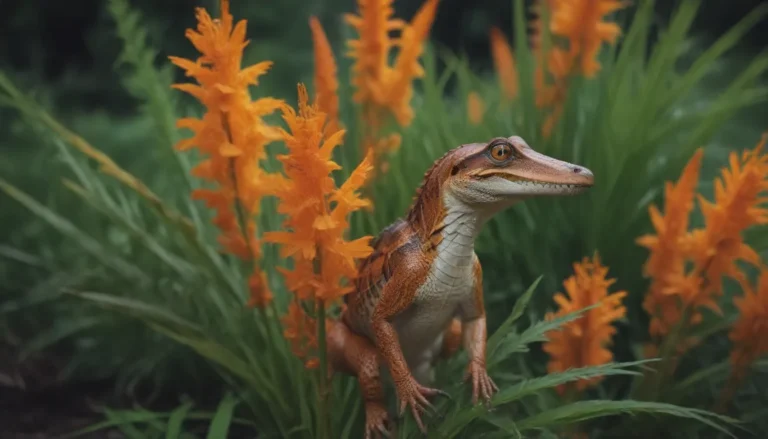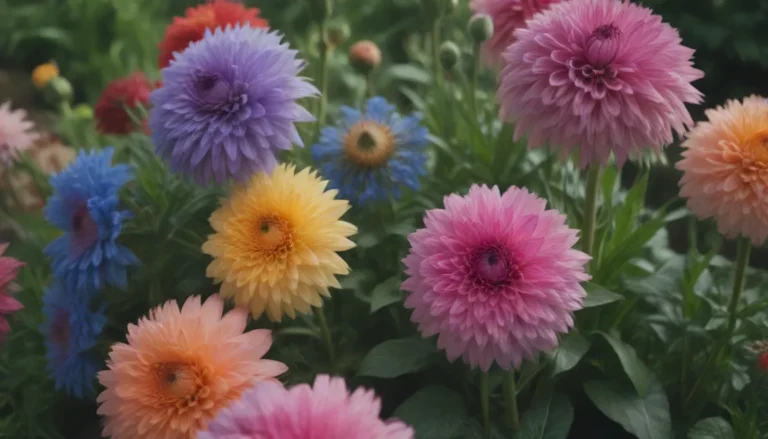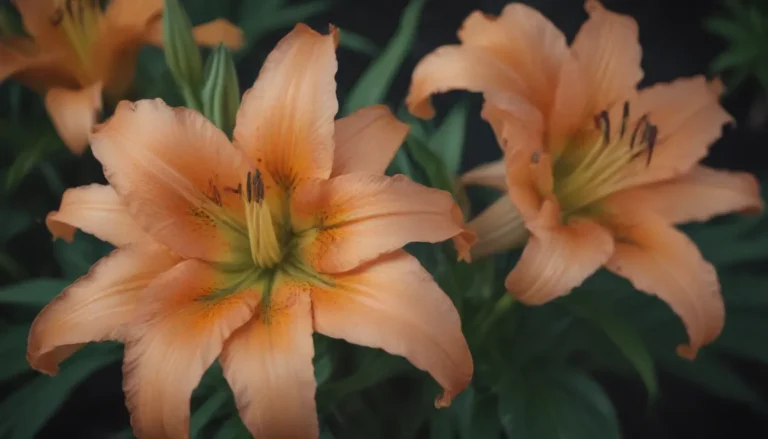The Ultimate Guide to Growing and Caring for Plantain Weed
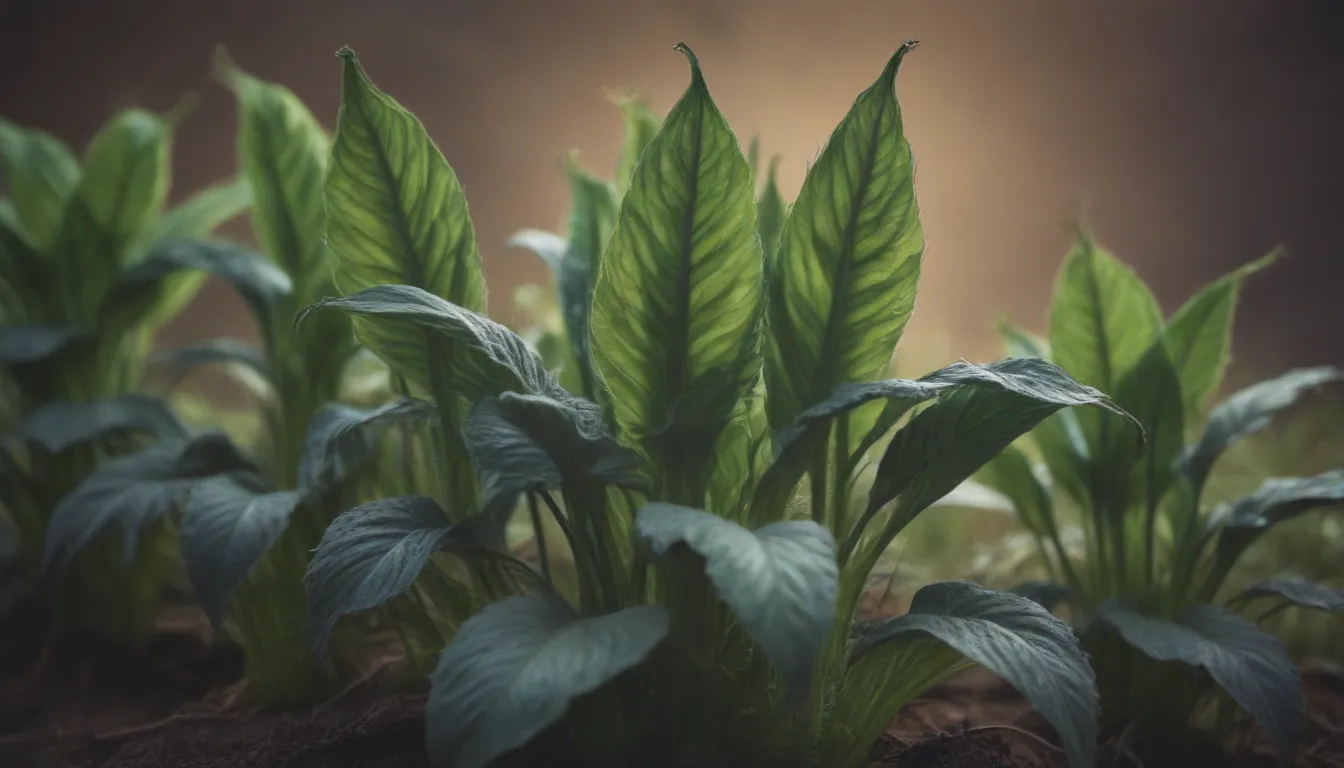
If you’re a homeowner who’s constantly battling with broadleaf plantain in your yard, you’re not alone. This pesky weed, scientifically known as Plantago major, can quickly take over your lawn with its low growth habit and resilience to heavy foot traffic. But before you grab your weeding tools, let’s take a closer look at this “weed” and discover its many uses as an edible herb.
Understanding Broadleaf Plantain
Broadleaf plantain is characterized by its oval-shaped leaves that form low rosettes. As it matures, tall spikes with tiny flowers emerge, producing seeds that spread easily and help the plant proliferate in your yard. While it may be a nuisance to some, broadleaf plantain actually has a variety of culinary and medicinal uses that make it worth a second look.
Benefits of Broadleaf Plantain
- Nutrient-rich: Broadleaf plantain is packed with essential nutrients like vitamins A, C, and K, as well as calcium and fiber.
- Medicinal properties: This versatile plant has been used for centuries to treat various ailments, such as wounds, skin irritations, and digestive issues.
- Easy to cultivate: Broadleaf plantain is a resilient plant that thrives in various soil conditions and requires minimal care once established.
How to Plant Broadleaf Plantain
While broadleaf plantain self-seeds effortlessly, you can also intentionally plant it in your garden. Here are some tips on how to get started:
When to Plant
- Broadleaf plantain can be planted in spring or whenever you notice seedlings sprouting in your yard.
- Consider transplanting small plants or harvesting seed heads to establish a new crop in your garden.
Selecting a Planting Site
- Choose a sunny spot with well-draining soil for optimal growth.
- Avoid areas with heavy foot traffic to prevent damage to the plants.
Broadleaf Plantain Care Tips
Now that you have broadleaf plantain growing in your garden, here’s how you can ensure its health and vitality:
Light Requirements
- Broadleaf plantain thrives in full sun but can also tolerate partial shade.
- Ensure your plants receive adequate sunlight for healthy growth.
Soil Conditions
- Broadleaf plantain can adapt to various soil types but prefers loamy soil with good drainage.
- Avoid overwatering to prevent root rot and other soil-related issues.
Controlling Plantain as a Weed
- To prevent broadleaf plantain from spreading uncontrollably, remove flower spikes before they produce seeds.
- Consider using a weed-popper tool or spot-treating with herbicides if manual removal is not feasible.
Watering Needs
- Broadleaf plantain is drought-tolerant and generally does not require additional watering, except in dry climates.
- Water sparingly to avoid waterlogged soil, which can lead to root diseases.
Temperature and Humidity
- Broadleaf plantain thrives in hot, humid conditions typical of summer months.
- While it prefers humid climates, it can adapt to arid regions with supplemental irrigation.
Fertilization
- Broadleaf plantain does not typically need fertilization as it can thrive in nutrient-poor soils.
- Focus on maintaining soil health through organic matter additions and proper watering practices.
Harvesting and Using Broadleaf Plantain
Now that your broadleaf plantain is flourishing, you can enjoy its culinary and medicinal benefits by harvesting its leaves and seeds:
Harvesting Tips
- Pick young, tender leaves for salads or older leaves for boiling and use in soups and stews.
- Be mindful of potential chemical contamination from herbicides or pesticides if harvesting from lawns or roadside areas.
Propagation Methods
- Broadleaf plantain can be easily propagated by collecting and planting dried seeds.
- Transplant self-seeded specimens into garden beds for a continuous supply of fresh leaves and seeds.
Culinary Uses
- Add broadleaf plantain leaves to salads, smoothies, or sandwiches for a nutrient boost.
- Use seeds to flavor dishes or sprinkle them on soups and stews for added texture and flavor.
Types of Broadleaf Plantains
In addition to the common species Plantago major, there are regional subspecies and related plants with similar characteristics and uses. Explore different varieties to diversify your garden and culinary repertoire.
Ornamental Cultivars
- Consider growing ‘Rubrifolia’ with purple leaves or ‘Variegata’ with variegated foliage for a unique garden display.
- These ornamental varieties offer aesthetic appeal while preserving the culinary and medicinal benefits of broadleaf plantain.
In Conclusion
Broadleaf plantain may be deemed a weed by many, but its versatility and resilience make it a valuable addition to your garden. By understanding its growth habits, care requirements, and culinary uses, you can transform this common plant into a cherished resource for your home. Embrace the beauty and utility of broadleaf plantain, and discover the joys of cultivating and harvesting this underrated herb.
